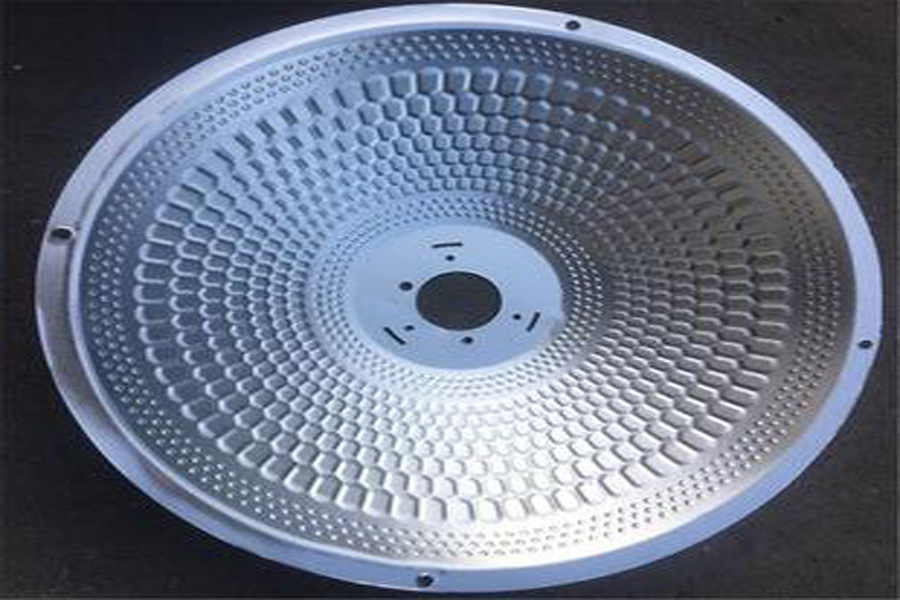At present, the general trend of foreign metal spinning processing is toward large-scale, serialization, high-precision, multi-purpose and automation.
1. Towards large-scale and high-precision development. Due to the needs of cutting-edge technology, large-scale high-precision spinning machines have been developed. In 1966, the United States built a batch of heavy-duty spinning machines. Among them, the “green giant” is the largest metal spinning machine in time. Press processing, can rotate the workpiece with φ6m and steel plate thickness of 127mm. Germany has also manufactured a large vertical spinning machine capable of spinning φ6m heads. It is understood that there are spinning machines capable of spinning φ7.6m parts abroad.
Spinning products processing
Develop spinning machines for multiple purposes. One piece of equipment can perform ordinary spinning and powerful spinning, as well as finishing, crimping, necking, trimming and other processes. The APED series of machine tools from Leifeld in Germany belong to Such metal spinning processing.
2. Hot and cold spinning machine. The existing powerful spinning machine is equipped with a heating device, a temperature measurement system, a cooling device for the main shaft and a rotary wheel, and a hydraulic oil constant temperature control device to perform hot spinning. The heating device generally uses electronic devices to automatically control the temperature of the blank.
3. Spinning machines have been serialized. For example, PLB, ATM, APED, ST, VDM, BOD and other series of spinning machines made by Leifeld in Germany, and Floturn series spinning machines made by Rocky-Xipley in the United States , Hydrospin series spinning machine manufactured by Cincinnati.
4. Use automatic control. In order to improve production efficiency, the metal spinning processing is equipped with a hydraulic profiling follow-up device, a digital control system and a TV monitoring system. The operator does not need to approach the rotating workpiece. In the early 1960s, a semi-automatic mechanism was adopted on the spinning machine, and the loading and unloading was manual. Many of the newly-designed spinning machines realize automatic control and reduce the cost by 50%.
